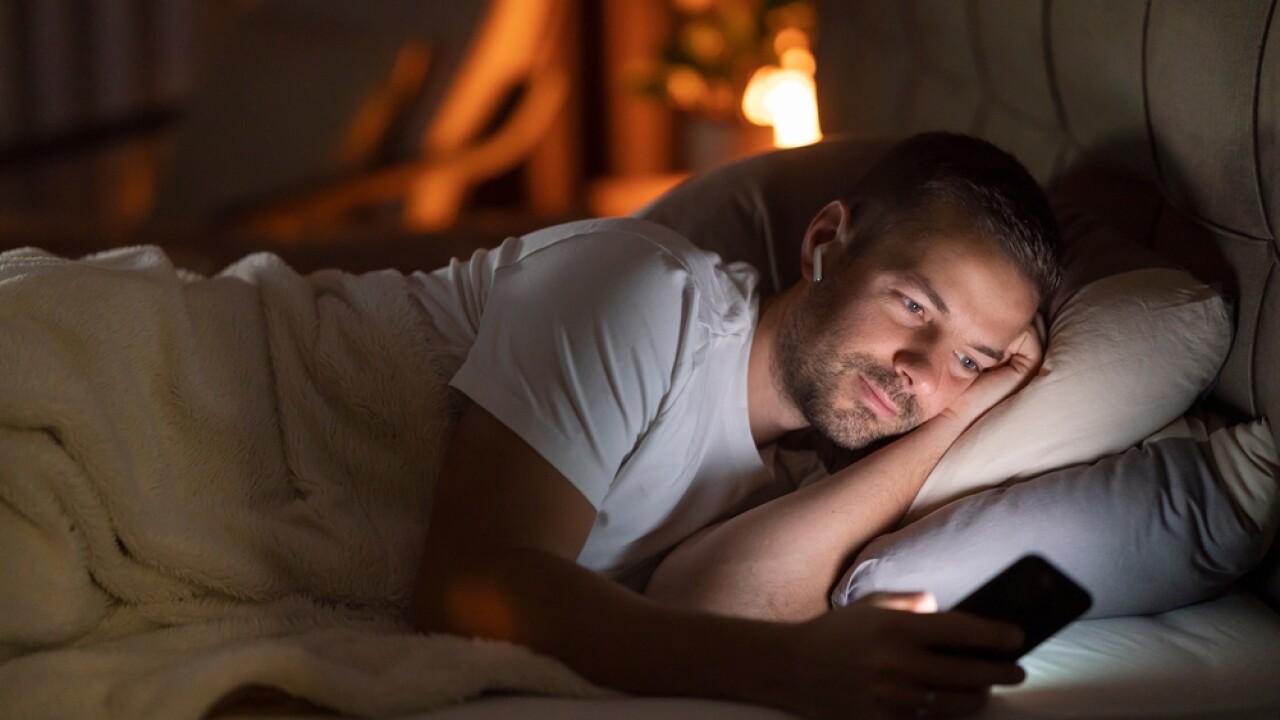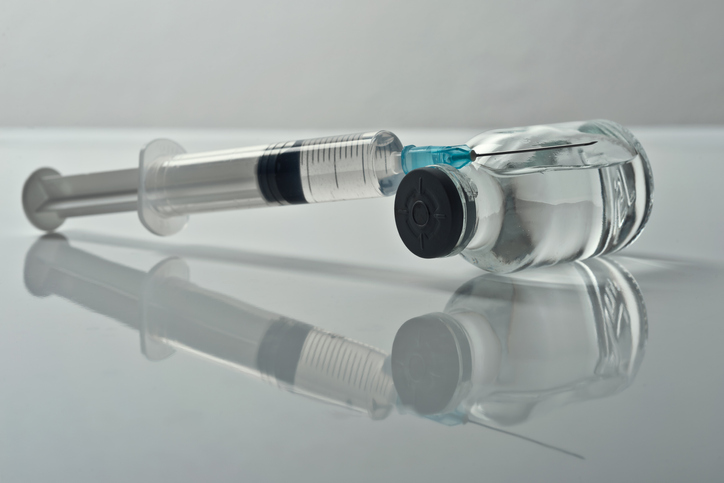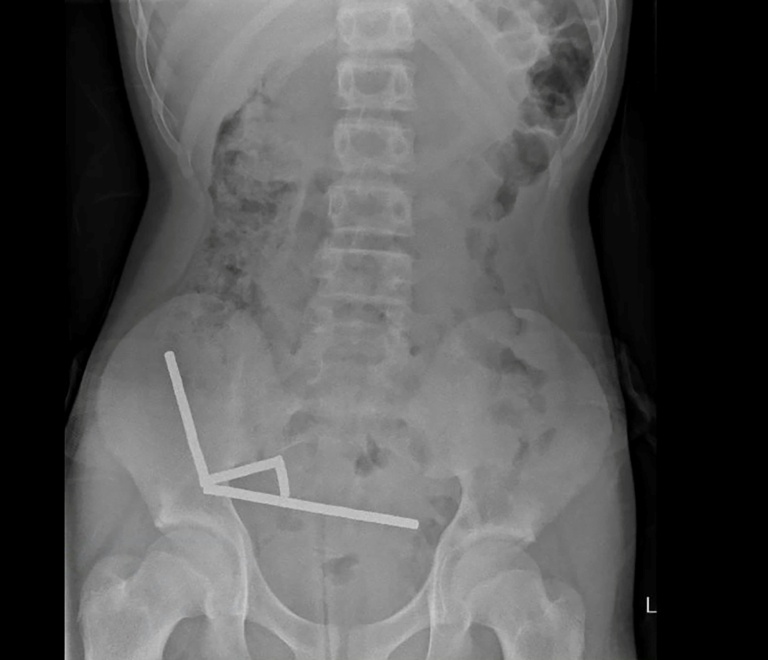A recent study published in the *Journal of the American Medical Association* (JAMA) highlights a concerning link between excessive exposure to artificial light at night and increased risks of heart disease and breast cancer. Conducted by researchers from Uppsala University, the study indicates that individuals exposed to high levels of nighttime light may face up to a 50% greater risk of developing these serious health conditions.
Between 2013 and 2016, researchers tracked 89,000 participants for one week, collecting data on their exposure to artificial light. They followed up with the participants approximately eight years later to assess long-term health outcomes. The findings revealed significant correlations between elevated nighttime light exposure and various cardiovascular issues, including coronary heart disease, stroke, atrial fibrillation, myocardial infarction, and heart failure.
Study Details and Findings
The research team, led by Dr. Jonathan Cedernaes, meticulously accounted for several factors that could influence health outcomes, such as sleep duration, sleep efficiency, physical activity, and seasonal photoperiod. Despite considering these variables, the association between nighttime light exposure and health risks remained robust.
This research builds on existing knowledge regarding the impact of screens from devices like cellphones and televisions on sleep quality. The study extends this understanding, suggesting that other sources of artificial light, often overlooked, can also negatively affect health.
Interestingly, the study noted that participants who received substantial exposure to natural daylight during the day had lower risks of developing cardiovascular disease. “Just as all light is not uniform, neither are we as individuals,” Dr. Cedernaes explained. He further elaborated that the light intensity needed to significantly suppress melatonin secretion in the evening varies among individuals, with differences that can span several orders of magnitude.
Recommendations for Healthier Light Exposure
Given these findings, the researchers recommend that individuals take steps to minimize unnecessary bright lighting at night. By optimizing exposure to light throughout the 24-hour cycle, people may be able to lower their cardiovascular risk. The study emphasizes the importance of balancing exposure to artificial and natural light to promote better health outcomes.
This research underscores a growing body of evidence that suggests our environment, particularly light exposure, plays a critical role in our overall health. As society becomes increasingly reliant on artificial light, understanding these risks and making informed choices may become essential in protecting public health.







